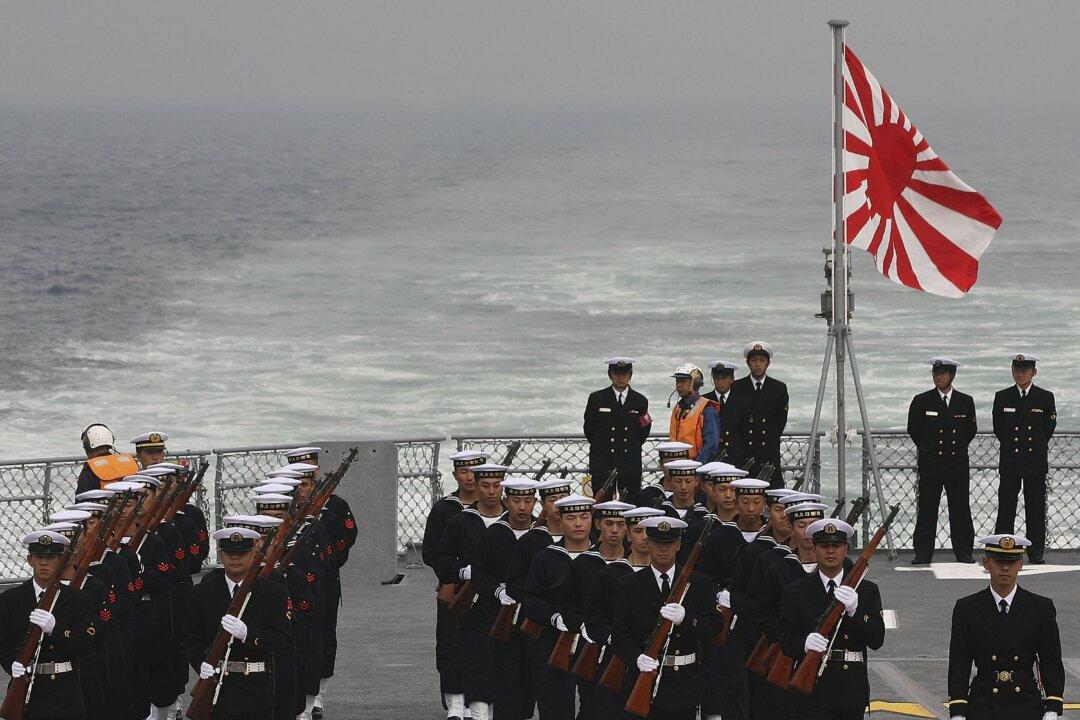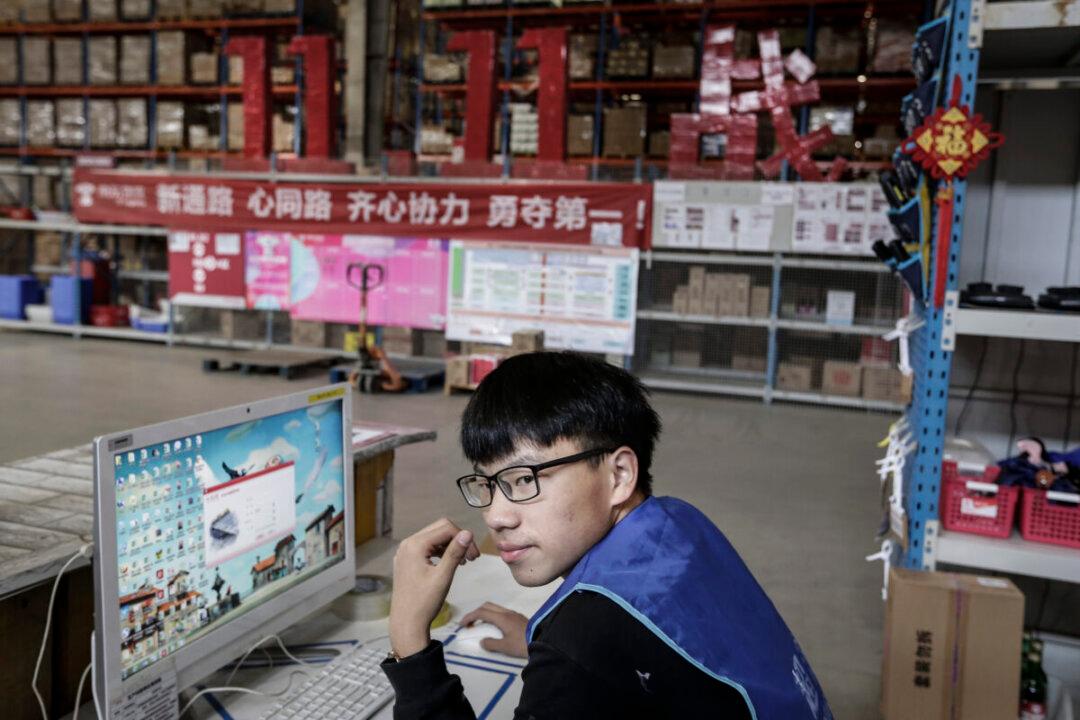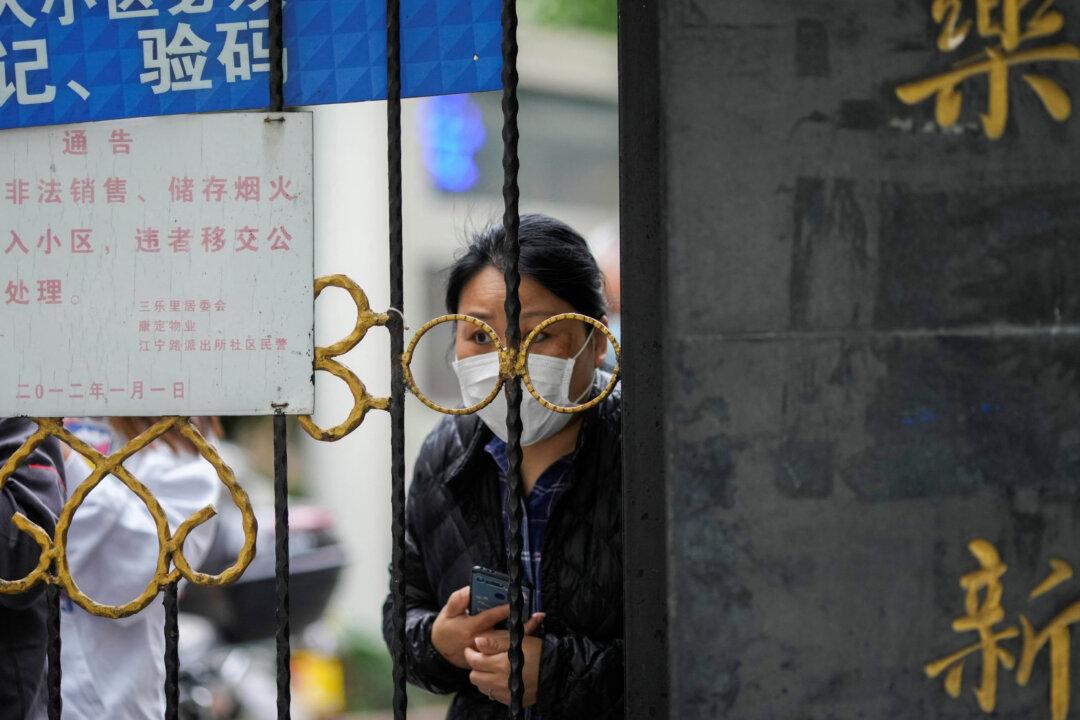Japanese scholar Shimada Yoichi, a former advisor to Japanese Prime Minister Shinzo Abe, recently suggested that Japan’s military should strengthen its “beheading” capability to fundamentally subdue the Chinese Communist Party (CCP) and North Korea in order to bring peace in Asia.
In recent years, China’s aggressive military deployment to the Asia-Pacific region, its threat to forcibly unify Taiwan, and North Korea’s test launch of hypersonic missiles make Japan antsy.




